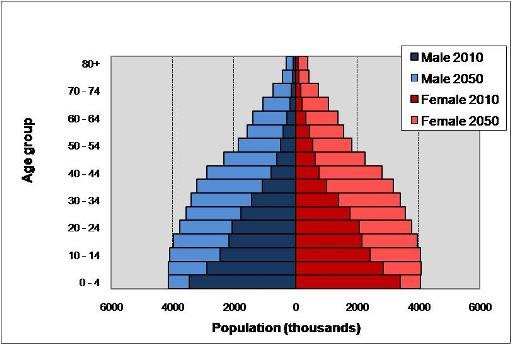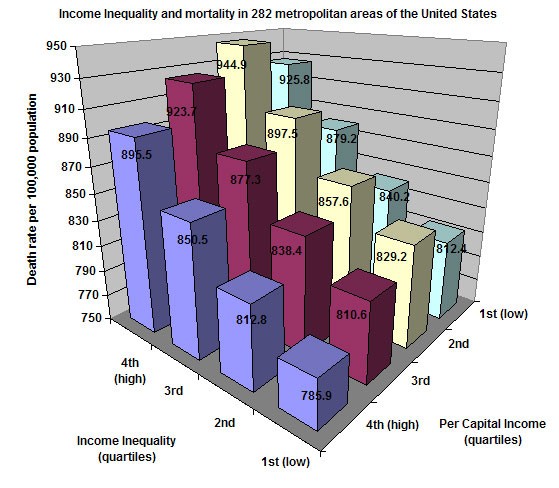National Economic Social Council Population Distribution and Economic Development Trends and
Post on: 16 Март, 2015 No Comment

NESC Report No. 102:Population Distribution and Economic Development: Trends and Policy Implications.
This report arises from a request by Government and a recommendation in the Council’s 1994 study of New Approaches to Rural Development. It analyses observed patterns and trends in population distribution and settlement from 1951 to 1996, in terms of how they are subject to the influence of public policy, particularly economic development policy, and in terms of their implications for public policy and public service provision. The key question posed is how public policy can effectively achieve and sustain a high level of national economic and social development together with a relatively dispersed spatial distribution of the benefits.
Two analytical approaches are used to describe settlement patterns. First, population trends and settlement patterns are examined on a regional and sub-regional basis. The regional focus reflects the fact that regions constitute an important reality for policy-makers in several sectors, such as industrial development, training, tourism and the co-ordination of local authorities. The report, however, does not adopt the position that regions constitute distinct economic entities in themselves but rather that differences clearly exist not only between but within regions. Second, trends in population distribution are examined in terms of urban and rural areas, and different types of urban centres are distinguished.
Main Points of the Report:
The study confirms the persistence of the longstanding population imbalance between, on the one hand, a few large and densely populated centres with their burgeoning satellites and dormitory towns and, on the other, a very dispersed population living in hundreds of small towns, villages and on farms. While the imbalance between the East region (Dublin, Kildare, Wicklow and Meath) and the rest is still increasing, it has been doing so at a slower rate over the recent past. The West region (Galway and Mayo) and the counties of Clare, Galway, Kerry and Waterford have not just seen population growth but have increased their population share since 1991 (Chapter 2).
The principal influences on settlement patterns arise from changing economic activity. The most obvious expression of this has been the decline of agricultural employment and increasing non-agricultural employment. The decline of agricultural employment is a key source of the persisting regional population imbalances. The ongoing increase in the share of population by the East region is associated with the relatively small role of agricultural employment there. The decline of agricultural employment which has partly offset the growth of employment in other regions has only marginally affected the East. The East region has also gained at a faster rate from the growth in services (Chapter 3). The policies which were applied with some success in the 1970s to achieve relatively dispersed employment are not equally applicable today. Due to changes in the pattern of labour demand by foreign and indigenous companies, and the increased skill content of labour supply and its greater urban concentration, a route to more sustainable regional development would utilise and build upon the strengths of the larger urban centres, particularly those with third level institutions. Although this may appear, in the short-term, to be at the expense of smaller urban centres, it would provide a sounder basis for a more dispersed and balanced spatial distribution of the benefits of economic growth in the long-run. A wide range of responses is required to promote development in an extensive and sustained way. These include national and EU policies for agriculture, forestry, fisheries, tourism and local development. County Enterprise Boards, LEADER groups and local area based partnerships offer the prospect that policy instruments can be adapted to local needs.

The key influence of urbanisation on population stability and growth emerges strongly from the analysis. A number of counties — Leitrim, Roscommon, Mayo and Cavan — remain on the margins of the urbanisation process and the associated economic development. They are typified not only by poor urban development, but by declining population, high old age dependency ratios and low rates of natural increase. In view of the particular difficulties experienced in these predominantly rural counties and parts of other counties, which have not gained from the expansion of urban zones of influence, the report recommends special area based measures covering infrastructure, tourism, devolution, and, in view of these counties’ location, co-operation with neighbouring areas across the border. Despite its importance for population stability, urbanisation has not always meant increased affluence for all. Concentrated pockets of deprivation exist in the main cities and many larger towns, which require special attention if the benefits of growth are to be widely shared. The report emphasises that poverty and economic decline are not exclusively rural or urban phenomena — they exist to varying degrees and in varying manifestations in both urban and rural environments. Local conditions and resources must be acknowledged in policy development and implementation. While the report emphasises the importance of recognising intra-regional diversity it also emphasises that this should not preclude constructive approaches to economic and social development in areas with similar characteristics within and across regions. The major issue in relation to public services is the balance of efficiency and equity in responding to existing patterns of population distribution although such services can also exert an influence on settlement patterns. It is argued that inequality of access to public services generally involves a complex interaction of social and spatial factors. Solutions must be built around an approach to policy that brings together relevant service providing agencies, public authorities, local actors and representatives of service users. In addition, there is a need for institutional innovation including devolution of responsibility. This should not preclude greater co-ordination across authorities where appropriate. However, the area level should not be seen as an alternative to functional or sectoral principles of organisation and planning, as both ingredients are required to give effective spatial expression to programmes and services (Chapter 5). Ireland has developed a competitive advantage in its Eastern region and a few other major urban centres, based on human capital, infrastructure and investment in advanced industries and services. The report concludes that there are important possibilities emerging, mainly at the level of other larger urban centres in all regions, which can be fostered through enterprise policies, infrastructural development regulatory measures, education and training policies. These centres would stimulate economic activity in their hinterlands and counteract the diseconomies that arise from extremely polarised settlement patterns.
For further information:
Dr. Sle O’Connor:
Noel Cahill:














